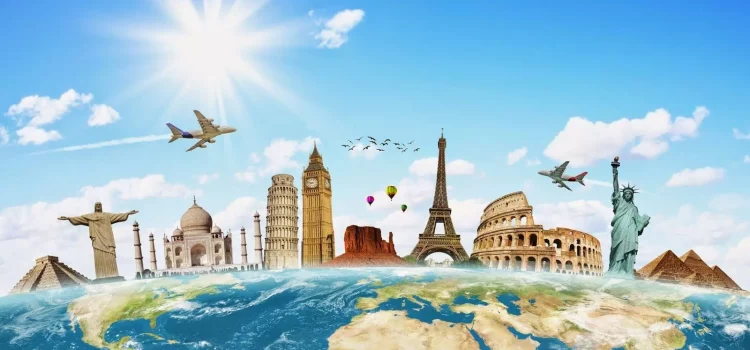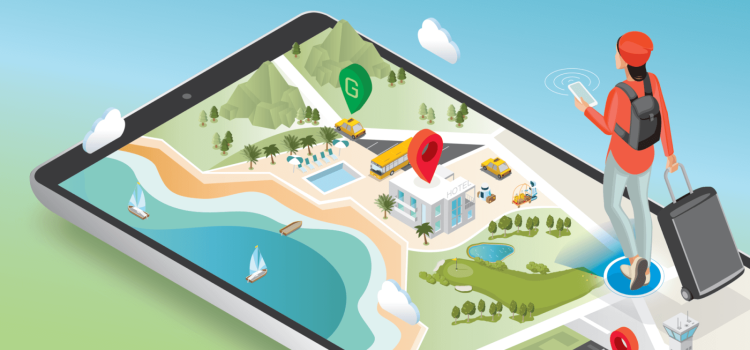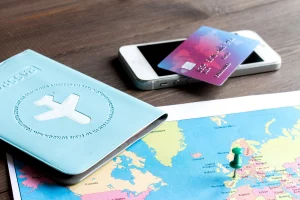
Family travel has evolved significantly over the years, becoming more inclusive and accessible for all age groups. As families seek to create lasting memories together, the travel industry has responded by offering a plethora of destinations and experiences that cater to diverse interests and needs. This article explores the latest family travel trends and highlights the top destinations that promise unforgettable experiences for every member of the family.

Family travel has shifted from the traditional beach vacation to more immersive and culturally enriching experiences. Today’s families are looking for destinations that offer a mix of adventure, education, relaxation, and entertainment. The rise of multigenerational travel, where grandparents, parents, and children travel together, has also influenced the types of destinations and activities that are popular.
Top Destinations for Family Travel
Orlando remains a top choice for family travel, thanks to its iconic theme parks like Walt Disney World, Universal Studios, and SeaWorld. These parks offer a wide range of attractions suitable for all ages, from thrilling roller coasters to gentle rides for younger children. Additionally, Orlando boasts numerous family-friendly resorts, water parks, and dining options that cater to diverse tastes and preferences.
Tokyo, Japan
Tokyo is an excellent destination for families seeking a blend of modernity and tradition. The city is home to Tokyo Disneyland and Tokyo DisneySea, which are must-visit attractions for families. Beyond the theme parks, Tokyo offers cultural experiences such as visiting ancient temples, exploring bustling markets, and enjoying traditional Japanese cuisine. The city’s efficient public transportation system makes it easy for families to navigate and explore.
Rome, Italy
Rome offers a rich historical and cultural experience that can captivate family members of all ages. From exploring the ancient ruins of the Colosseum and Roman Forum to visiting the Vatican Museums and the Sistine Chapel, there is no shortage of educational and awe-inspiring sites. Rome’s charming piazzas, gelato shops, and family-friendly restaurants add to the appeal, making it a destination that combines learning with leisure.
Sydney, Australia
Sydney is a vibrant city that offers a variety of family-friendly attractions. Families can visit the iconic Sydney Opera House, take a ferry ride to Taronga Zoo, or enjoy a day at Bondi Beach. The city’s numerous parks and outdoor spaces provide opportunities for picnics, hiking, and wildlife spotting. Sydney’s diverse culinary scene also ensures that there are dining options to suit every palate.

Vancouver, Canada
Vancouver is known for its stunning natural beauty and Family Travel, making it an ideal destination for families who love adventure. Families can explore Stanley Park, visit the Vancouver Aquarium, or take a day trip to Grouse Mountain for skiing and snowboarding in the winter or hiking and zip-lining in the summer. Vancouver’s family-friendly neighborhoods and cultural attractions, such as the Science World and the Museum of Anthropology, add to its appeal.
Cape Town, South Africa
Cape Town offers a unique blend of natural beauty, wildlife, and Family Travel. Families can take a cable car ride up Table Mountain, visit the penguins at Boulders Beach, or explore the Kirstenbosch National Botanical Garden. A visit to the V&A Waterfront provides shopping, dining, and entertainment options. For a truly memorable experience, families can embark on a safari in one of the nearby game reserves.
Reykjavik, Iceland
Reykjavik is a gateway to Iceland’s stunning landscapes and natural wonders. Families can explore geysers, waterfalls, and glaciers, or relax in the geothermal waters of the Blue Lagoon. The city itself offers family-friendly museums, such as the National Museum of Iceland and the Reykjavik Maritime Museum. Iceland’s unique landscapes and outdoor activities provide endless opportunities for adventure and exploration.
Costa Rica
Costa Rica is a paradise for nature-loving families. The country’s diverse ecosystems offer opportunities for wildlife spotting, zip-lining through rainforests, and relaxing on pristine beaches. Families can visit Arenal Volcano, explore the Monteverde Cloud Forest, or take a boat tour in Tortuguero National Park. Costa Rica’s commitment to sustainability and eco-tourism makes it a great choice for environmentally conscious travelers.
London, England
London is a city that offers something for everyone. Families can visit iconic landmarks such as the Tower of London, Buckingham Palace, and the British Museum. The city’s numerous parks, including Hyde Park and Regent’s Park, provide green spaces for relaxation and play. London also offers a variety of family-friendly theaters, such as the West End, where families can enjoy world-class productions.

New Zealand
New Zealand’s diverse landscapes and outdoor activities make it a fantastic destination for Family Travel. Families can explore the geothermal wonders of Rotorua, visit the Hobbiton movie set, or enjoy water sports in the Bay of Islands. The country’s national parks, such as Fiordland and Tongariro, offer hiking, wildlife spotting, and breathtaking scenery. New Zealand’s friendly locals and family-oriented culture add to its charm.
Conclusion
Family travel trends continue to evolve, with a growing emphasis on destinations that offer a mix of adventure, education, and relaxation. The top destinations highlighted in this article cater to the diverse interests and needs of families, ensuring that every member, from the youngest to the oldest, can enjoy a memorable and enriching travel experience. As families plan their next vacation, these destinations provide a wealth of opportunities to create lasting memories together.







































